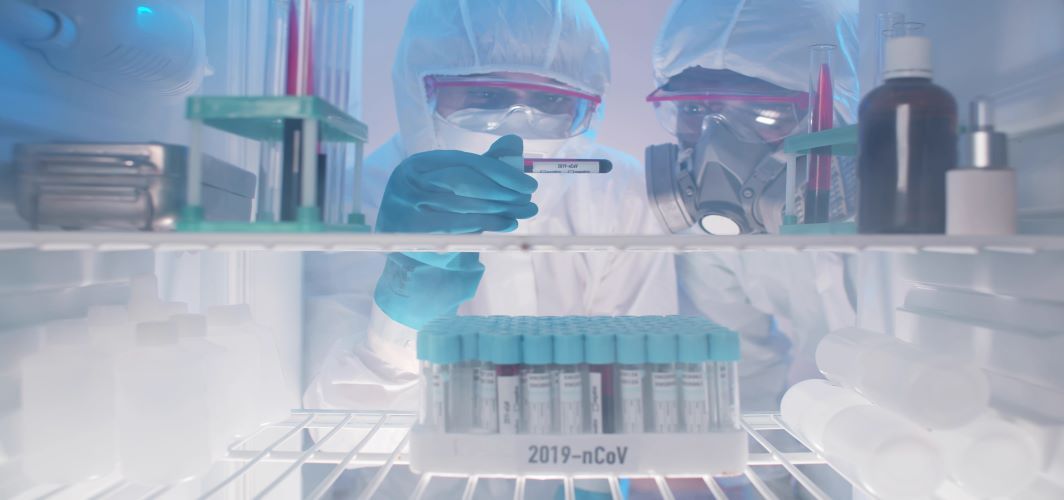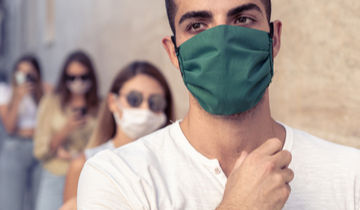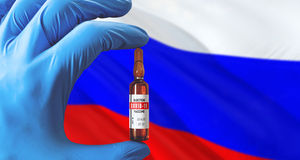Globally, scientists and medical researchers are hopeful that a COVID-19 vaccine will be available by the end of this year. This belief stems from the fact that the major COVID-19 vaccine candidates have all entered the crucial phase 3 of human trials. After one or more of these candidates clear the trials, the vaccine will be approved for use in humans. However, certain key issues need to be addressed in order to ensure the successful implementation of the mass COVID-19 vaccination. One of the biggest challenges will be to ensure that the COVID-19 vaccines are stored and transported within their recommended temperature range. Most vaccines need to be stored at specific cold temperatures. This is true for COVID-19 vaccines as well. Therefore, a robust cold supply chain will be needed to keep the vaccines in tightly regulated temperatures from the time they are manufactured to the time that they are administered to an individual.
Why do vaccines need to be stored at cold temperatures?
Like fresh foods, vaccines are perishable items. To preserve them for longer durations, vaccines must be stored at cold temperatures. Most of the traditional vaccines need to be stored at temperatures between 2 to 8 degrees Celsius. These include vaccines for DTaP (Diphtheria, Tetanus, Pertussis), Hib (Haemophilus influenza type B), Hepatitis A, Hepatitis B, etc. Some of the other vaccines such as Live varicella (chickenpox) and Zostavax (shingles) vaccines need to be stored at temperatures between -50 to -15 degrees celsius.
However, the temperature requirements of some of the COVID-19 vaccines under development are vastly different from the other vaccines. For example, the COVID-19 vaccines being developed using messenger RNA (mRNA) technology (Pfizer and Moderna) need to be frozen at temperatures as low as - 70 to - 80 degrees Celsius. This is because mRNA is an unstable molecule. It is vulnerable to degradation when exposed to fluctuating temperatures. Therefore, it is important to maintain the temperature stability of mRNA molecules in vaccine formulations.
What happens if the vaccines are exposed to higher than recommended temperatures?
When exposed to temperatures outside the recommended ranges, vaccines lose their potency and become less effective. When administered, vaccines with low potency generate an inadequate or poor immune response in individuals. This usually results in poor protection against the disease. People who have been administered compromised vaccines require revaccination to develop immunity against the disease.
Vaccines get exposed to temperatures outside the recommended ranges due to inadequate cold supply chain infrastructure, improper storage, and poor handling. Storage and handling errors can result in significant financial losses due to vaccine wastage and subsequent need for revaccination. Over the long term, this may also result in a loss of patient confidence in vaccines.
What is a vaccine cold chain?
According to the World Health Organization, the vaccine cold chain refers to the system of storing and transporting vaccines within the recommended range of temperatures. The main objective of the cold chain is to ensure that the vaccines remain in good condition from the point of manufacture to the point of administration.
Different levels of vaccine cold chain include:
- Primary level (national)
- Intermediate level (provincial or district)
- Peripheral level (health center or post)
Monitoring vaccine temperature
Monitoring and recording the temperature of vaccines is a key aspect of cold supply chain management. It is the only way to determine if the vaccines have been stored and transported within the recommended range of temperatures. Monitoring vaccine temperature can also reveal any problem with cooling equipment and procedures.
Some of the techniques and equipment used to monitor and record vaccine temperatures are:
Vaccine vial monitors (VVMs): It is a chemical indicator label attached to the vaccine vials by the manufacturer. As the vaccine vial moves through the cold supply chain, the vaccine vial monitor records its cumulative heat exposure via a gradual colour change. The main objective of VVMs is to make sure that vaccines damaged due to heat exposure are not administered.
30-day electronic temperature loggers (30 DTR): The electronic temperature loggers maintain the temperature history of the vaccine refrigerators for the last 30 days. 30 DTR records the temperature of the vaccine refrigerator at 10-minute intervals. As long as the temperature in the vaccine refrigerator has remained within the stipulated range, the display on the 30 DTR shows “OK” or a tick symbol.
Electronic freeze indicators: The indicators are small digital devices that are placed alongside freeze-sensitive vaccines during transport and storage. The electronic freeze indicators trigger an alarm when the vaccines are exposed to freezing temperatures.
Integrated digital thermometers: The device monitors the temperature of the storage compartment. Most freezers and prequalified vaccine refrigerators are equipped with integrated digital thermometers. The device provides an instantaneous temperature reading on the control panel of the unit.
Temperature requirements of major COVID-19 vaccine candidates
The storage requirements for some of the top vaccine candidates are indicated for reference:
- University of Oxford/AstraZeneca: 0 to minus 10 degrees Celsius
- Moderna: Minus 20 degrees Celsius
- Pfizer: Minus 70 degrees Celsius
- Johnson & Johnson: Minus 20 degrees Celsius
- Sputnik V: Minus 18 degrees Celsius
How is India preparing for the cold supply chain?
The government is in the process of mapping out cold chain storage facilities, working together with public and private sector entities in the pharmaceutical sector, the food processing industry and agro-businesses.
Leading healthcare provider Apollo Hospitals Group announced recently that it is prepared to administer 1 million COVID-19 vaccines a day. The group will leverage its robust pan India web of 19 medicine supply hubs with cold chain facilities and use its 70 hospitals, over 400 clinics, 500 corporate health centres, 4000 pharmacies alongside their omnichannel digital platform Apollo 24/7 to ensure the massive administration capacity of Covid-19 vaccines. Active participation and leadership of major healthcare players will be key to addressing such large-scale challenges successfully.







